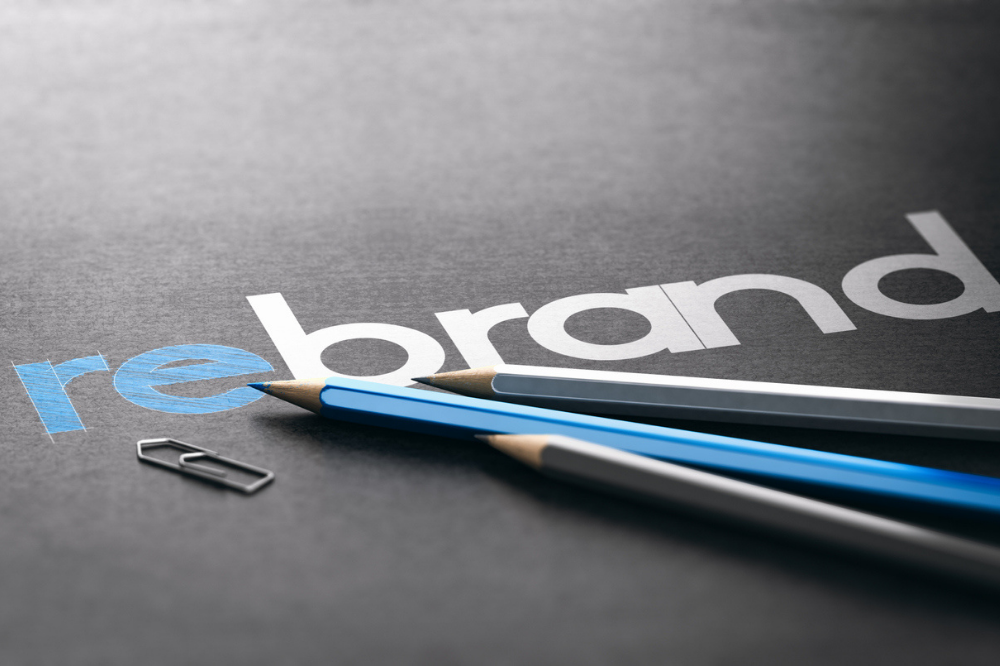
If you’re looking for a way to fund your business, purchase order finance may be the answer. This type of financing can help you get the products and supplies you need to grow your business. In this article, we’ll discuss what purchase order finance is and how it can help you get the money you need to succeed. We’ll also provide tips on how to qualify for this type of financing and how to get the most out of it.
What is Purchase Order Finance?
It is a type of trade financing that helps businesses pay for the products and supplies they need to grow. This type of financing is useful for both domestic and international transactions. With purchase order finance, businesses can get the money they need to buy inventory, expand their business, and more.
Parties
There are three parties involved in purchase order finance: the buyer, the supplier, and the financier.
Client: the ultimate consumer of goods. He issues the purchase order. This can be a government body or company.
Buyer: the company that needs products or supplies to supply to the Client.
Supplier: the company that provides those products or supplies and can be the manufacturer
And the financier is the company that provides funding for the transaction.
How it works
Purchase order finance is a type of invoice financing. With this type of financing, the financier pays the supplier for the products or supplies purchased by the buyer. The financier then charges the buyer a fee for its services. This fee is usually a percentage of the amount financed. The supplier will then deliver the goods directly to the client and not the buyer. Once goods are delivered the buyer will then issue an invoice to the client. The client will make payment to the buyer’s bank who will deduct their loan amount. The balance(profit) will be left in the buyer’s account.
Purchase order finance can be used for both domestic and international transactions.
When used for international transactions, PO finance is often called import purchase order finance or export purchase order finance.
The parties involved and how it works are essentially the same, but there are some key differences depending on whether you’re buying or selling products internationally. We’ll discuss those differences in more detail later in this article.
How to Apply and Qualify
There are a few things you need to do in order to apply and qualify for purchase order finance.
First, you’ll need to have a strong business credit history. This means that you’ll need to have a good credit score and be able to show that you’re reliable and can repay your debts.
Second, you’ll need to provide documentation of the products or supplies you plan to purchase. This includes the purchase order itself as well as invoices and shipping records.
Third, you’ll need to provide a project plan. This document should outline your business goals and strategies for achieving them.
If you can provide all of this information, you’re likely to be approved for purchase order finance.
Pros and Cons
Now that we’ve discussed what purchase order finance is and how it works, let’s take a look at the pros and cons of using it.
Pros:
-You can get the money you need to buy inventory or expand your business
-The approval process is relatively simple compared to other types of financing
-It’s available for both domestic and international transactions
-Performance risk is reduced considerably because the supplier delivers goods directly to your client.
Cons:
-Fees can be high relative to the amount financed
-The financier is in control of the transaction and can refuse to fund it for any reason
-Your client can refuse the goods due to quality issues.
-The buyer and client can collude to defraud the financier.
Purchase Order Platforms
There are a number of companies that offer purchase order finance. Some of the most popular platforms include:
-Procurement Street
-B Purchase Orders
– PurchaseOrderFinance.com
Each of these platforms has its own set of requirements and services. Be sure to do your research before choosing one.
Purchase Order Companies
If you’re looking for a more hands-off approach, you may want to consider working with a purchase order company. These companies act as intermediaries between buyers and suppliers, making the process easier for all parties involved. Some of the most popular purchase order companies include:
– PurchaseOrder.com
– Trade Financing Solutions
– Purchase Order Network
Alternatives to Purchase Order Finance
If you’re not eligible for purchase order finance or just don’t want to go through the hassle of applying, there are a few alternatives you can consider.
#1. Short-term trade loans.
Trade loans are a good option if you need money to purchase inventory or expand your business. They’re also relatively easy to qualify for. The downside is that the fees can be high and the terms can be restrictive.
#2. Purchase Order Factoring
Factor companies provide immediate cash by buying your unpaid invoices at a discount. This is a good option if you need quick access to cash, but it can be expensive and there’s always the risk of losing customers if they don’t pay their bills on time.
#3. Business Credit Cards
Business credit cards are a good option if you need to finance a one-time purchase. They’re also relatively easy to qualify for and have low-interest rates. However, they can be difficult to pay off if you don’t use them responsibly.
#4 Equity Funding
Equity funding is a good option if you’re looking for long-term financing. It’s also relatively easy to qualify for, but the terms can be restrictive. You’ll also need to give up some ownership of your business in order to get it.
#5 Invoice financing
Invoice financing is a good option if you need to finance a one-time purchase. It’s also relatively easy to qualify for and has low-interest rates. This type of financing differs from purchase order finance in that the financier will not be buying your invoices. Instead, they’ll give you a loan based on the value of your outstanding invoices.
#6 Invoice factoring
Invoice factoring is a good option if you need to finance a one-time purchase. It’s also relatively easy to qualify for and has low-interest rates. This type of financing differs from purchase order finance in that the financier buys your invoices and follows up for payment. They then give you a loan based on the value of your outstanding invoices.
#7 Business Credit Cards
Business credit cards are a good option if you need to finance a one-time purchase. They’re also relatively easy to qualify for and have low-interest rates. However, they can be difficult to pay off if you don’t use them responsibly.
Each of these options has its own set of pros and cons. Be sure to weigh your options before choosing one. This type of finance can be a great option for businesses that need short-term financing to buy inventory or expand their business. The approval process is relatively simple in comparison to other types of financing, it’s available for both domestic and international transactions, and performance risk is reduced considerably because the supplier delivers goods directly to your client.
However, fees can be high relative to the amount financed, the financier is in control of the transaction and can refuse to fund it for any reason, and your client can refuse the goods due to quality issues. There are a number of other financing options available, so be sure to do your research before making a decision.
What are the differences between import or export purchase order finance?
First, with import purchase order finance, the lender is typically looking for evidence that the foreign buyer is creditworthy and can pay back the loan. With export purchase order finance, on the other hand, the lender is more likely to focus on whether or not the US company has a good track record of shipping products on time and fulfilling their orders.
Second, import Purchase Order Finance usually requires a higher down payment than Export Purchase Order Finance – sometimes as high as 50%. This is because there is more risk associated with lending money to a foreign buyer who may not be able to repay the debt.
Third, Import Purchase Order Financing usually has a longer term than Export Purchase Order Financing. This is because it can take longer for a foreign company to pay back a loan, and the lender wants to be sure they are getting a good return on their investment.
Finally, Import Purchase Order Finance typically comes with higher interest rates than Export Purchase Order Finance. This is again due to the increased risk associated with lending money to buyers in other countries.
Overall, there are some key differences between import purchase order finance and export purchase order finance – but both options can be useful tools for companies looking to expand their business into new markets. If you’re not sure which option is right for you, consult with an experienced financial advisor who can help you make the best decision for your business.
In conclusion, there are several types of Purchase Order Finance available to companies. It is important to understand the differences between each option in order to make the best decision for your business. Whichever option you choose, be sure to consult with an experienced financial advisor to make sure you are getting the best deal for your business.


